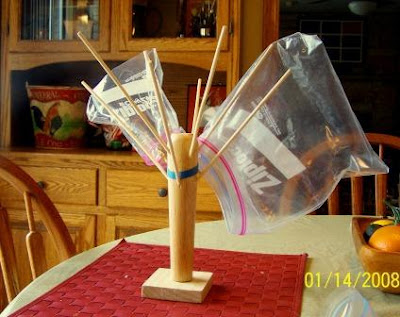
Meatballs!!
Let me tell you why I decided to make meatballs tonight, besides the fact that the boys LOVE meatballs.
Yesterday, I was making my BIG trip to the grocery store. Which reminds me of something... one big important way to stay frugal is not to make, or make as few as possible, short trips to the store to pick up so and so for dinner. Those marketers know us better than we know ourselves, and when we go to the store for 1 or 2 things, we rarely come home with just those 1 or 2 things. We usually spend much more than we planned, picking up little extras along our trip.
The stores and their marketers know that we are easily distracted by fancy displays and the BIG NUMBERS that tell us what a deal is to be made. They have studies our human nature and capitalize on it. It's in their best interest... Is it wrong? Not really. It's the capitalist way.
It's in OUR best interest to learn their tricks and how to avoid falling into their traps. One way is to limit the amount of days you are actually IN a store. The more visits you make to a store, the more you will purchase, after all, how much could that little candy bar really add to my food budget? Oh, lookie.... Paper towels are on sale! I'm pretty sure we need some! Look at those nice steaks on display. Wow, I could really go for a steak tonight....
Is it always bad to make unplanned purchases? No, it's not. But only if you plan for your unplanned purchases... Huh???
As I was saying before I started my long tirade about the nasty marketers....
Yesterday, I was shopping and found a deal. I know it was a deal because I watch prices. That is the key to unplanned purchases. Know your products. Just like the marketers know us, we need to know what they are selling. I found a 10 pound chub of ground beef for 15 dollars. That makes it 1.50 per pound and I KNOW that this is a good deal. 10 pounds is a LOT of ground beef. It might seem overwhelming to lug home meat that weighs more than most newborns, but if you can adjust a little, it can work to your advantage.
In the past, I have opened the chub and divided it into smaller portions to be frozen, and that is a really good idea, but tonight I was in a cooking mood. I made several batches of meatballs, 3 meatloaves, and 4 single serving meatloaves. I figure that I can get at least 5 dinners from my 15 pounds of ground beef, depending on how much my teenage son will eat!!
So, that's about 3 dollars per dinner for the meat portion. Tonight, we cooked a box of angle hair pasta (1 dollar), 1 jar of spaghetti sauce ($1.50 on sale), and accompanied the pasta and meatballs with a bag of frozen green beans ($1.25). So, dinner for the 4 of us cost $6.25! I think that's pretty good!
It didn't take very long, and I only needed to heat the oven once, ultimately saving energy in the process!!!
Oh, and FYI, meatballs and meatloaf taste better if you use the cheapest ground beef available. Not ground chuck, not ground round, but ground beef. The fattier the better. Most of the fat drains off, and you are left with great flavor!
Meatball Recipe:
3 pounds ground beef
1 onion chopped fine
2 cloves garlic chopped fine
3 eggs
2 small cans mushrooms drained and chopped fine
1/3 cup bread crumbs
6 ritz or other buttery cracker crumbled
1 tsp onion powder
1 tsp garlic powder
2 tsp salt
1/2 tsp ground pepper
Mix all ingredients in a large bowl with your hands. There is no other way to get everything really mixed. You can wear gloves if you are a germaphobe.....
Once all ingredients are mixed, form meat mixture into balls about the size of a golfball. Place on cookie sheet with 1 inch sides about 1/2 inch apart. For 3 pounds, you might need 2 cookie sheets. Bake at 325 for 35-45 minutes or until internal thermometer reaches 160 degrees. Be careful when you pull out the cookie sheets. You will see that a lot of fat was rendered from these delicious morsels, and you don't want to burn yourself!
These freeze very well. After cooling, place in a freezer zipper type bag, remove as much air as possible, and place as flat as possible in the freezer. To reheat, defrost and place in microwave. Or, place frozen on sided cookie sheet and heat for 10-15 minutes at 325.
This mixture can be used to form a meatloaf as well. For a meatloaf, you can add 1 tsp of oregano or italian spice mix.
Enjoy!!!



















